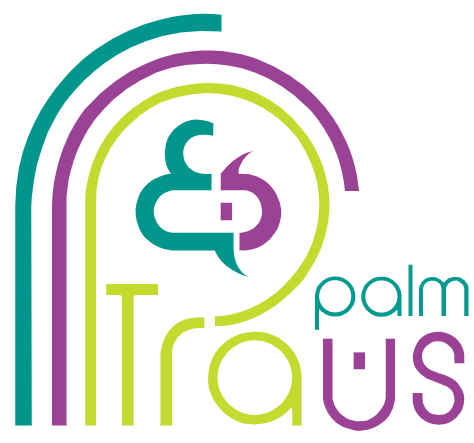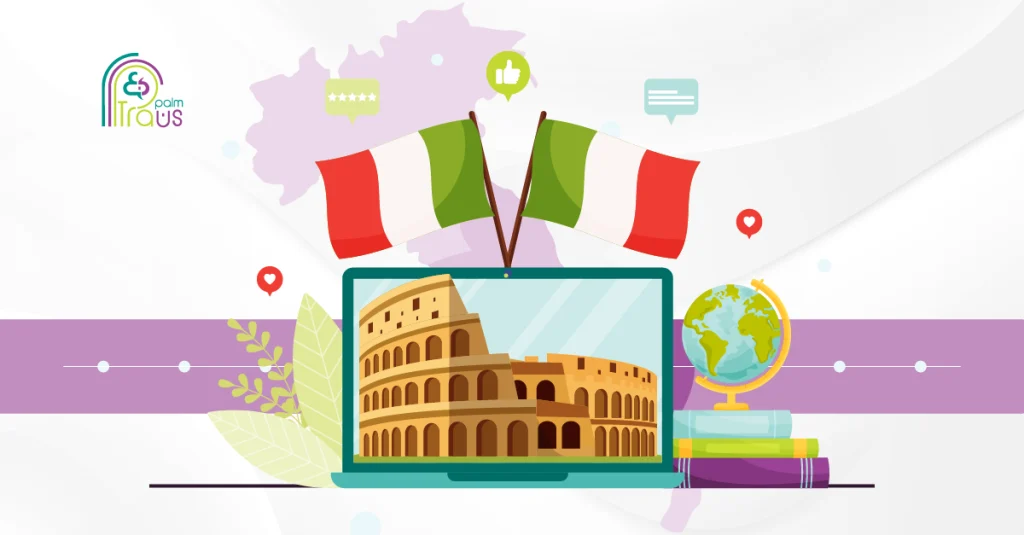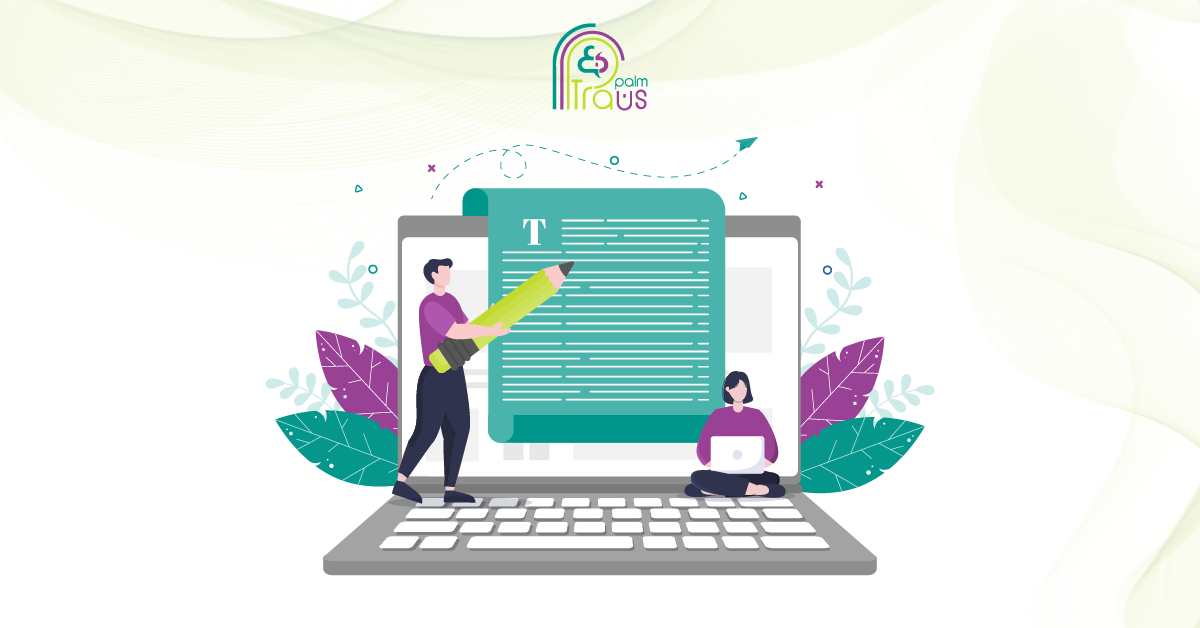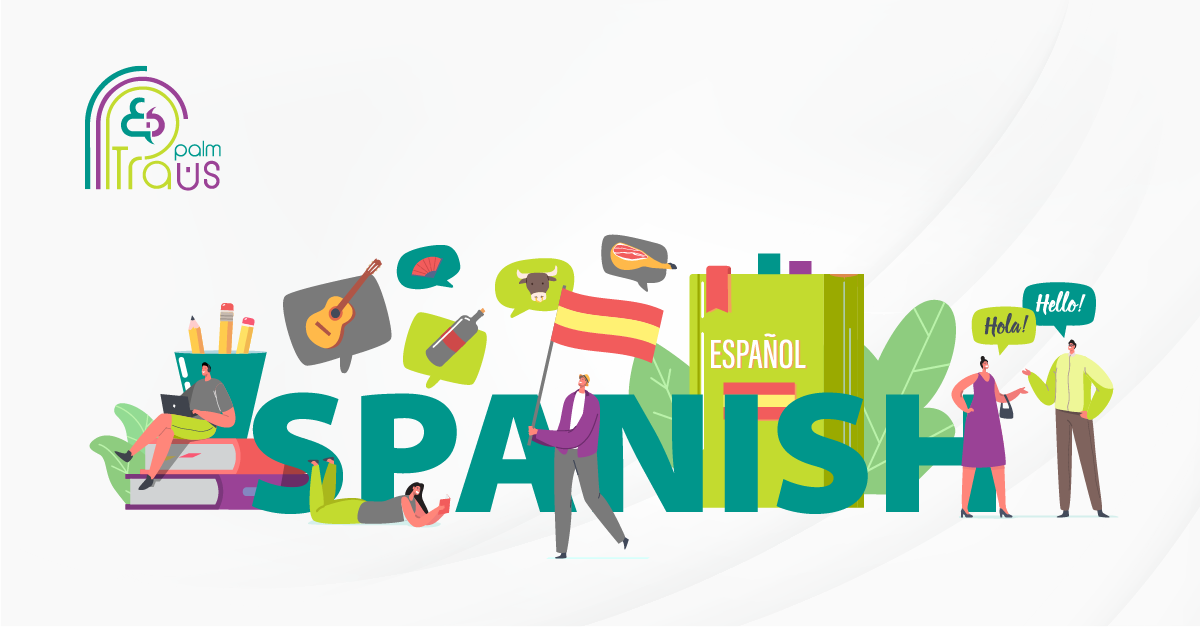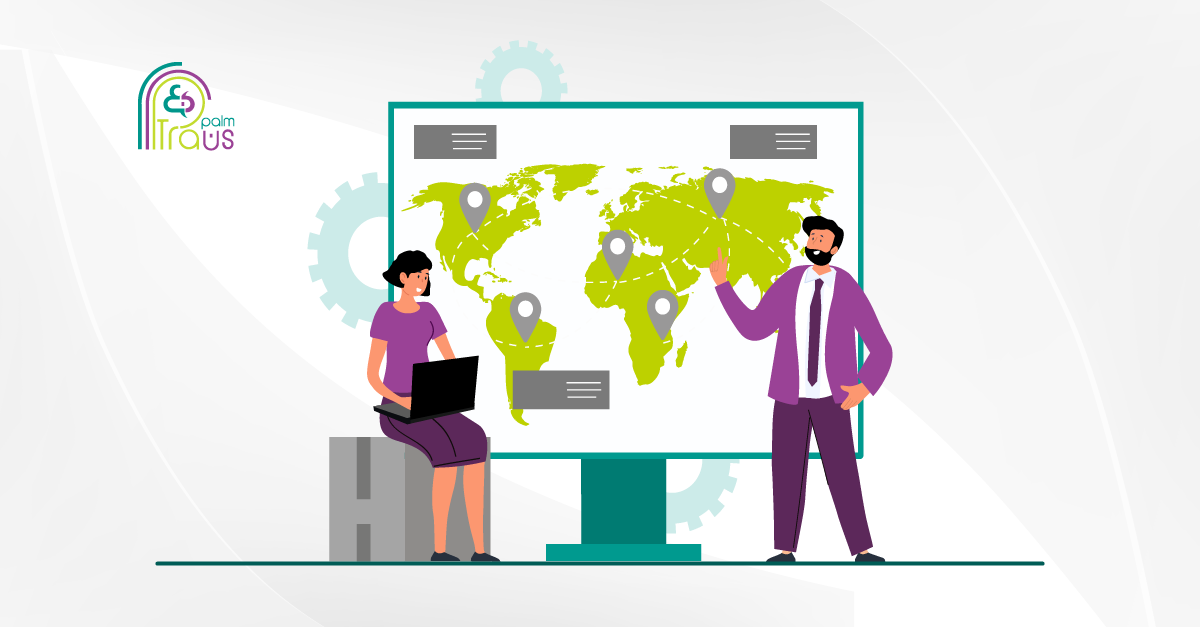The Italian language history tells a story of art, politics, and human connection spanning centuries. From its roots in Vulgar Latin to its status today as a global language, Italian’s story reflects the resilience and creativity of the people who speak it.
Where Did the Italian Language Come From?
“A different language is a different vision of life.” — Federico Fellini.
The origins of Italian lie deep in the linguistic heritage of the Roman Empire. As one of the Romance languages, Italian evolved from Vulgar Latin, which is the colloquial form of Latin spoken by soldiers, merchants, and everyday citizens across the empire.
Unlike the rigid grammar of Classical Latin, Vulgar Latin was dynamic, adapting to regional influences and incorporating words from conquered peoples.
Over the centuries, these regional speech patterns branched off into distinct languages. French, Spanish, Portuguese, and Romanian share this lineage, but Italian holds a unique place due to its direct descent from the Tuscan dialect of central Italy. This connection gave Italian a literary elegance that still resonates today.
A Timeline of Italian: From Old to Modern
The Italian language history spans more than a millennium, marked by cultural triumphs and political upheavals.
Old Italian (9th – 13th Century)
- With the collapse of the Western Roman Empire, communication was fragmented.
- Early legal documents like the Placiti Cassinesi (960–963 AD) provide the first written glimpses of the Italian vernacular.
- Local dialects began diverging significantly, laying the groundwork for Italy’s famous regional language variation.
Medieval Italian (13th–15th Century)
- Italian literature blossomed in local dialects during this era.
- The Sicilian School, under Frederick II’s court, pioneered poetry in vernacular Italian, influencing later Tuscan writers.
- Diverse dialects flourished, Venetian in trade, Neapolitan in the south, and Tuscan in literary circles.
Renaissance Italian (15th–17th Century)
- The Renaissance became a turning point for the evolution of Italian.
- Florence’s cultural dominance gave prestige to the Florentine dialect.
- Luminaries like Petrarch, Boccaccio, and Machiavelli elevated Italian to new literary heights.
- The invention of the printing press in Venice (1469) helped spread standardized forms of Italian texts.
Modern Standard Italian (17th Century–Today)
- The unification of Italy (1861) brought the challenge of linguistic standardization.
- Only about 2.5% of Italians spoke what is now Modern Standard Italian; most used regional dialects.
- Public education, newspapers, and radio broadcasts promoted a unified language, rooted in the Tuscan tradition.
- Today, Italian is the official language of Italy, coexisting with rich regional dialects like Sicilian, Sardinian, and Neapolitan.
Dante Alighieri and the Birth of Literary Italian
It’s impossible to discuss Italian language history without mentioning Dante Alighieri. Known as the “father of the Italian language,” Dante revolutionized literature by writing The Divine Comedy in Tuscan vernacular rather than Latin.
This choice was radical at the time, but it cemented the Florentine dialect as the foundation for literary Italian. Dante’s impact extended beyond language; his work unified cultural identity across fragmented regions. Alongside Petrarch and Boccaccio, Dante’s legacy shaped the Italian we know today.
This linguistic heritage continues to influence modern communication. Businesses entering Italian-speaking markets often turn to Professional Translation Services to navigate its nuances effectively.
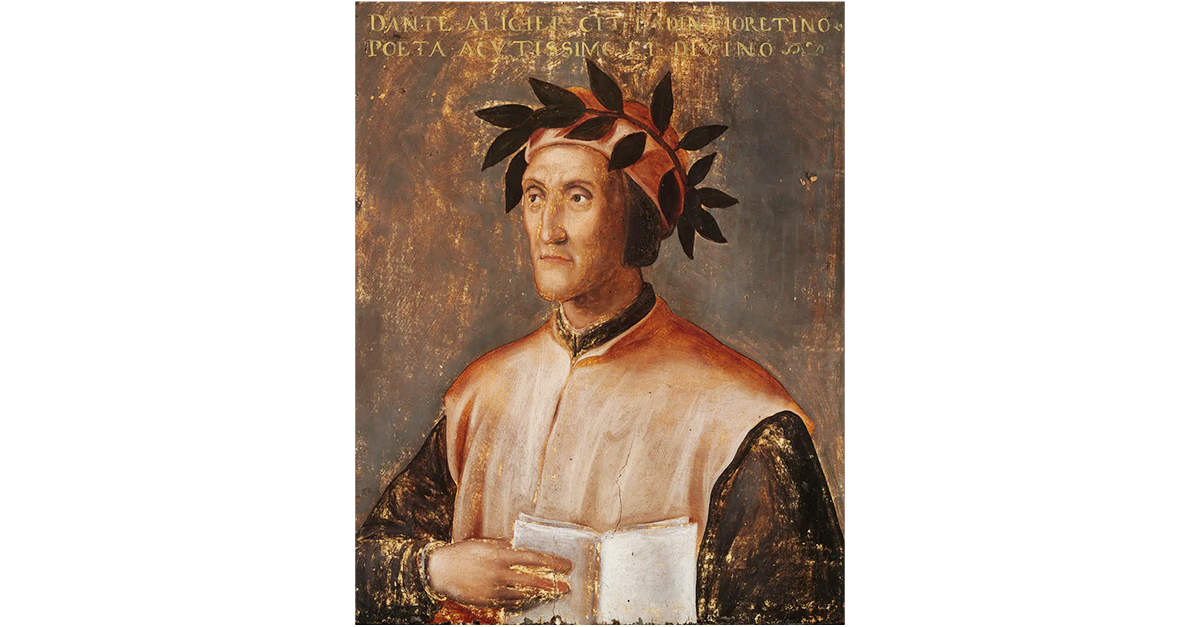
Unifying a Nation Through Language
When Italy became a unified state in the 19th century, its linguistic landscape was highly fragmented. Regions had their languages, Venetian in the north, Neapolitan in the south, and Sardinian on the islands.
The new government launched nationwide efforts to promote language unification in Italy:
- Education reforms introduced standardized Italian in schools.
- National media, including newspapers and later radio (RAI), reinforced the standard language.
- Military service brought together Italians from different dialect regions.
Despite this push for standardization of Italian, regional dialects didn’t disappear. Instead, they persisted as markers of local identity, enriching the nation’s cultural fabric. Even today, it’s common to hear people switch between Modern Standard Italian and a regional dialect in daily conversation.
Italian Beyond Borders: A Global Language
Italian influence reaches far beyond the boot-shaped peninsula. Between the late 1800s and early 1900s, millions of Italians emigrated to the Americas, Australia, and parts of Africa, establishing vibrant Italian-speaking communities abroad.
Today, Italian language history continues to influence over 60 million people worldwide and is studied by millions more. Its global influence is felt in:
- Art and music: Terms like soprano, fresco, and piano are universal.
- Academia: Italian is the language of choice for art history and opera studies.
- Cuisine: Words like espresso, pizza, and pasta have no borders.
For companies expanding globally, Italian Translation Services are crucial to ensure cultural and linguistic accuracy.
Looking to Connect with Italian-Speaking Markets?
Italy’s charm lies in its blend of history and modernity, formal elegance, and regional warmth. Whether your audience speaks Tuscan-inflected Standard Italian or local dialects, your message must resonate on all levels.
That’s why businesses looking to expand in Italy and beyond trust professional translation and localization services to get it right the first time.
Explore Our Certified Italian Translation Services
Ensure clarity and authenticity in every message you deliver.
Frequently Asked Questions about the History of the Italian Language
What was the first form of Italian?
The earliest Italian texts, like the Placiti Cassinesi, date to the 10th century, showcasing the transition from Vulgar Latin to early Italian.
Why is Dante so important to Italians?
Dante Alighieri’s Divine Comedy established the Tuscan vernacular as a literary standard, shaping the development of Modern Italian.
Is modern Italian based on a dialect?
Yes, it derives primarily from the Florentine dialect due to its literary prestige during the Renaissance.
Do Italians still speak regional dialects?
Yes. While Modern Standard Italian dominates public life, regional dialects remain integral to cultural identity.
How has the Italian language history influenced other cultures?
Italian has shaped global arts, music, fashion, and even culinary terminology, reflecting its far-reaching cultural power.
